Advertisements
Advertisements
Question
Find the scale factor in each of the following and state the type of size transformation:
Model volume = 200cm3, Actual volume = 8cm3
Solution
Model volume = 200cm3, Actual volume = 8cm3
Actual volume
= 8 x 1000000cm2
= 8000000cm2
Scale factor
= `sqrt(("Model Volume")/("Actual Volume")`
= `sqrt((200)/(8000000)`
= `sqrt((1)/(40000)`
= `(1)/(200)`
Scale factor = 0.05
Since the scale factor < 1 and > 0
⇒ Type of size transformation = reduction.
APPEARS IN
RELATED QUESTIONS
In a circle, two chords AB and CD intersect at a point P inside the circle. Prove that
(a) ΔPAC ∼PDB (b) PA. PB= PC.PD

If Δ ABC , MN || BC .
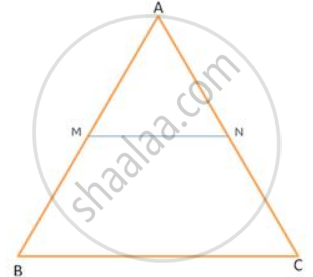
If AN : AC= 5 : 8, find ar(Δ AMN) : ar(Δ ABC)
AD and BC are two straight lines intersecting at 0. CD and BA are perpendirulars from Band Con AD. If AB=6cm, CD =9cm, AD =20cm and BC=25cm, find the lengths of AO, BO, CO and DO.
D and E are points on the sides AB and AC respectively of Δ ABC such that AB=5.6cm, AD= 1.4cm, AC=7 .2cm and AE = 1.5 cm, show that DE is parallel to BC
In Δ ABC, D and E are points on the sides AB and AC respectively. If AD= 4cm, DB=4.Scm, AE=6.4cm and EC=7.2cm, find if DE is parallel to BC or not.
In the following figure, in Δ PQR, seg RS is the bisector of ∠PRQ.
PS = 11, SQ = 12, PR = 22. Find QR.
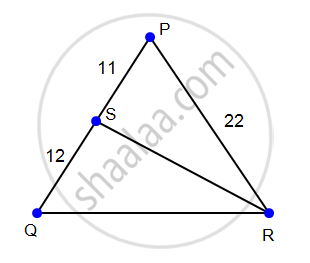
In fig.DE || BC ,AD = 1 cm and BD = 2 cm. what is the ratio of the ar(ΔABC) to the ar (ΔADE)?
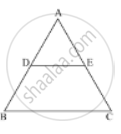
In the figure, which of the following statements is true?
In the given figure ΔABC ~ ΔPQR. The value of x is
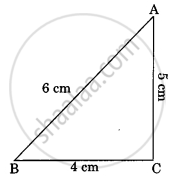 |
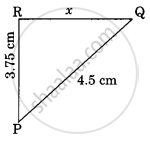 |
In the given figure, ΔABC ∼ ΔQPR, If AC = 6 cm, BC = 5 cm, QR = 3 cm and PR = x; them the value of x is ______.

